Table of Contents
What Is Sichuan Spice? The Definitive Answer
Sichuan spice (also spelled Szechuan) is a distinctive Chinese culinary tradition originating from Sichuan province, defined by its signature 'ma la' (numbing and spicy) flavor profile. Unlike regular spicy food that only delivers heat, authentic Sichuan spice combines fiery chilies with Sichuan peppercorns that create a unique tingling, buzzing sensation on the tongue. This dual experience of 'la' (spiciness) and 'ma' (numbness) forms the foundation of one of China's most celebrated regional cuisines.
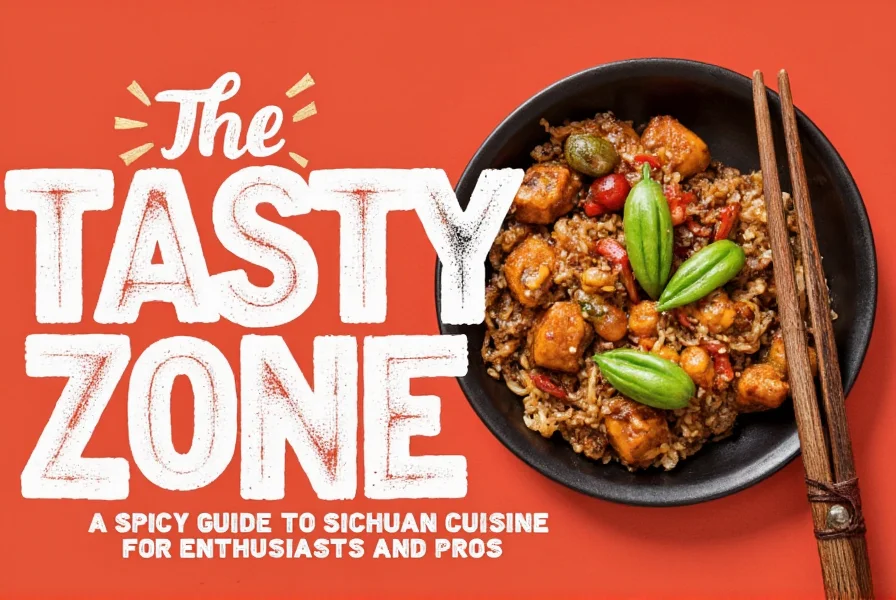
Understanding the Sichuan Spice Profile
The true magic of Sichuan spice lies in its complex layering of sensations. While most spicy cuisines focus solely on heat intensity, Sichuan cuisine creates a multi-dimensional experience that engages multiple senses simultaneously. Here are the key elements that define what Sichuan spice is:
- Sichuan Peppercorns: These aren't actually peppers but the dried husks of prickly ash tree berries, containing hydroxy-alpha-sanshool that creates the distinctive numbing sensation.
- Dried Chilies: Provide the 'la' (spicy) component, with varieties ranging from moderate to extremely hot.
- Flavor Balancers: Ingredients like vinegar (sour), sugar (sweet), soy sauce (salty/umami), and fermented bean paste create the perfect counterpoint to the heat and numbness.
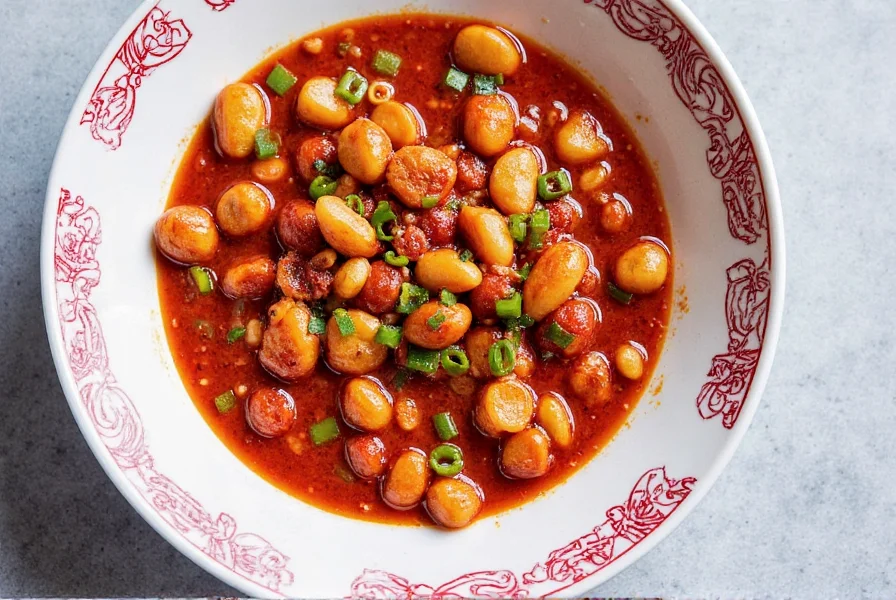
This combination creates what food scientists call 'paraesthesia' - a tingling sensation that actually helps moderate perceived spiciness while enhancing flavor perception. The best Sichuan dishes achieve perfect balance where no single element overpowers the others.
Common Ingredients in Sichuan Cooking
While Sichuan peppercorns and chilies are essential, authentic Sichuan spice relies on a symphony of supporting ingredients. Here's what makes up the complete flavor profile:
| Ingredient | Role in Sichuan Spice Profile | Quality Indicators |
|---|---|---|
| Sichuan Peppercorns | Creates the signature 'ma' (numbing) sensation that defines Sichuan spice | Bright red color, strong citrusy aroma, slight oiliness when crushed |
| Dried Chilies (Facing Heaven) | Provides the 'la' (spicy) component; different varieties offer varying heat levels | Deep red color, plump texture, shiny appearance |
| Doubanjiang (Fermented Bean Paste) | Adds umami depth and complex fermented flavor; the 'soul' of many Sichuan dishes | Rich brick-red color, balanced salty-sweet aroma, no bitter notes |
| Chili Oil | Infuses dishes with rounded heat and aromatic complexity | Clear red color, visible spice fragments, balanced heat and fragrance |
| Vinegar (Chinkiang) | Provides crucial sour counterpoint that balances the ma la sensation | Deep amber color, complex aged aroma, smooth acidity |
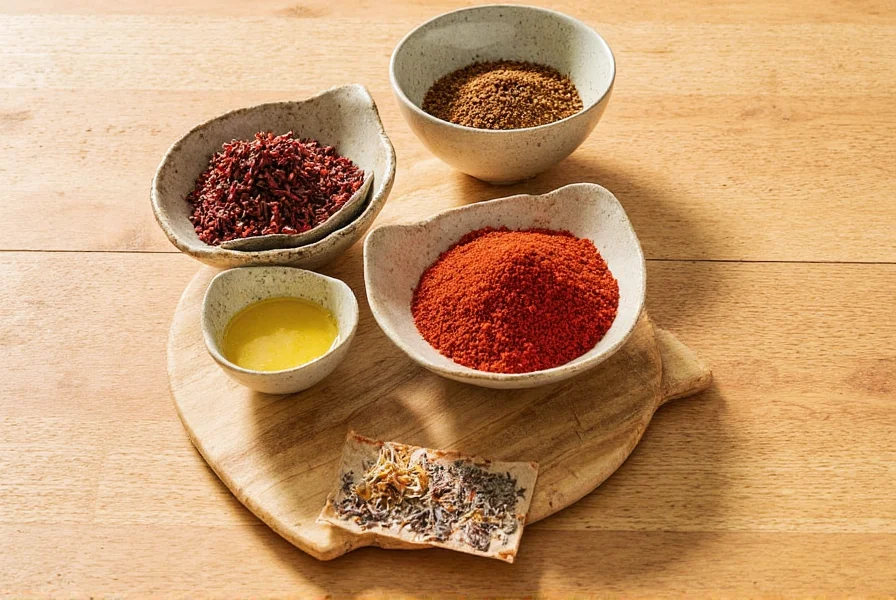
Understanding what Sichuan spice is requires recognizing how these components work together. The numbing effect from peppercorns actually enhances your ability to taste other flavors while simultaneously creating that distinctive 'buzz' sensation.
Sichuan Cooking Techniques That Make It Unique
Authentic Sichuan spice isn't just about ingredients—it's equally about preparation methods that maximize flavor development:
- Dry-Frying Spices: Toasting Sichuan peppercorns and chilies in oil before cooking releases essential oils and creates complex flavor compounds
- Layered Seasoning: Adding seasonings at different cooking stages to build depth rather than just finishing with spice
- Controlled Heat Management: Using precise temperature control to prevent burning spices while maximizing flavor extraction
- Ma La Balancing: Carefully calibrating the ratio of peppercorns to chilies to achieve the desired numbing-to-heat ratio
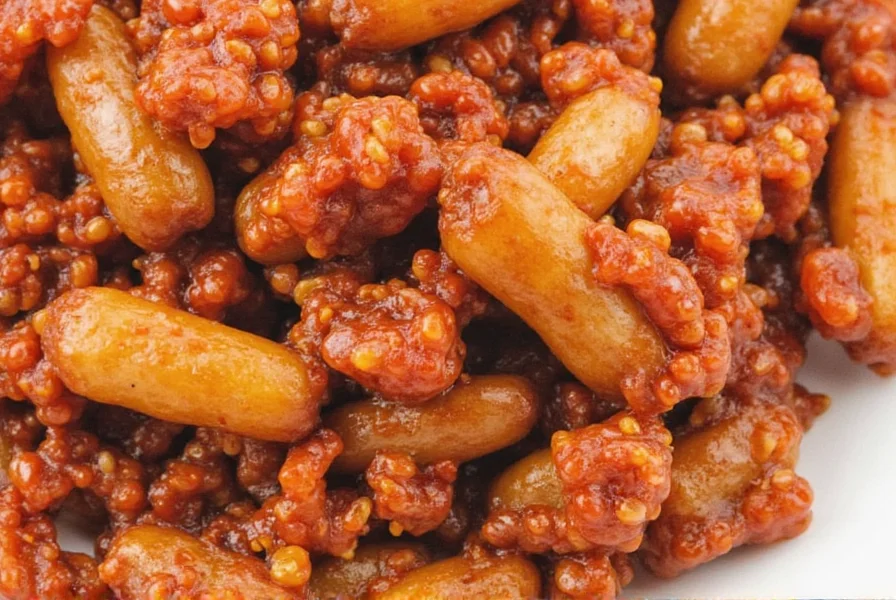
These techniques explain why restaurant Sichuan dishes often taste different from home attempts—the proper development of the ma la sensation requires specific timing and temperature control that many beginners overlook when trying to understand what Sichuan spice really is.
Buying Guide: How to Choose the Best Sichuan Spices
When shopping for authentic Sichuan spice components, quality makes all the difference. Here's what to look for:
Identifying Authentic Sichuan Peppercorns
- Color: High-quality Sichuan peppercorns should be bright, vibrant red (not dark brown)
- Aroma: Crush a few grains between your fingers—they should release a strong citrusy, floral scent
- Texture: Should feel slightly oily to the touch, not dry and brittle
- Taste Test: Authentic peppercorns create a distinct tingling sensation within 10-15 seconds
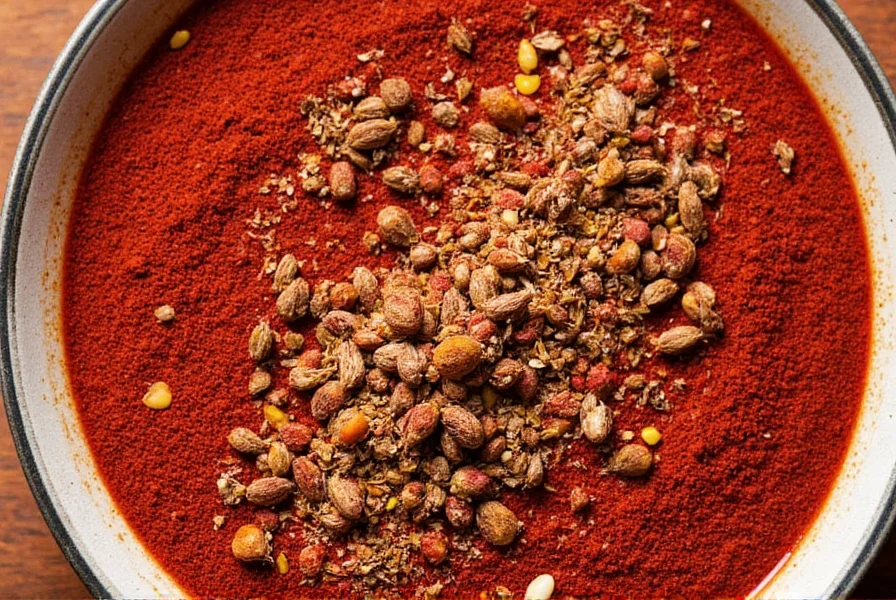
Recognizing Quality Chili Products
- Dried Chilies: Look for plump, flexible chilies with deep red color (not brittle or faded)
- Chili Oil: Authentic versions contain visible spice fragments and have a complex aroma beyond just heat
- Doubanjiang: Should have a rich, brick-red color and balanced fermented aroma (not overly salty)
Many products labeled 'Sichuan spice' outside China are actually generic Chinese spice blends missing the crucial numbing component. True Sichuan spice always contains Sichuan peppercorns as a primary ingredient.
Frequently Asked Questions About Sichuan Spice
What is Szechuan (Sichuan) spice?
Szechuan spice refers to the distinctive flavor profile of China's Sichuan province cuisine, characterized by its "ma la" (numb and spicy) sensation. It combines fiery heat from dried chilies with a unique tingling numbness from Sichuan peppercorns, balanced with umami, sour, sweet, and salty elements.
Is Szechuan the same as Sichuan?
Yes, "Szechuan" and "Sichuan" refer to the same Chinese province and cuisine. "Szechuan" is an older romanization, while "Sichuan" is the modern Pinyin spelling. Both terms describe the same culinary tradition known for its bold, complex flavors.
What causes the numbing sensation in Szechuan food?
The signature numbing effect comes from Sichuan peppercorns (not true peppers but the dried husks of prickly ash tree berries). They contain hydroxy-alpha-sanshool, a compound that creates a tingling, buzzing sensation on the tongue and lips, distinct from regular spiciness.
How is Szechuan spice different from regular spicy food?
Unlike standard spicy cuisines that focus only on heat, authentic Szechuan cuisine creates a multi-dimensional experience: the "ma" (numbing) from peppercorns combines with "la" (spiciness) from chilies, balanced with other flavors. This complex interplay is what makes it unique.
What are the essential Szechuan spices for beginners?
Start with: 1) High-quality Sichuan peppercorns (look for bright red, aromatic pods), 2) Dried red chilies (like facing heaven chilies), 3) Doubanjiang (fermented broad bean paste), and 4) Good chili oil. These four ingredients form the foundation of most Szechuan dishes.
Can I make Szechuan food without the numbing effect?
While you can omit Sichuan peppercorns, you'll lose the defining "ma" component of "ma la." Many traditional dishes rely on this balance - without it, you'd have spicy food but not authentic Szechuan cuisine. If you dislike the numbness, start with small amounts of peppercorns and gradually increase as you adapt.
How spicy is authentic Szechuan cuisine?
Authentic Szechuan dishes vary in heat level - some are extremely spicy while others focus more on the numbing sensation. The cuisine emphasizes balance: heat should enhance but not overwhelm other flavors. The numbing effect actually helps moderate perceived spiciness, creating a complex sensory experience.
Why does my Szechuan dish taste different from restaurant versions?
Common reasons include: using low-quality or stale spices (especially Sichuan peppercorns which lose potency quickly), improper toasting of spices, incorrect chili-to-peppercorn ratios, or skipping key ingredients like doubanjiang. Authentic flavor requires fresh, high-quality components and proper technique.
Conclusion
Understanding what Sichuan spice truly is requires recognizing it as more than just heat—it's a carefully balanced sensory experience where numbing and spiciness work in harmony with other flavors. The authentic 'ma la' sensation isn't accidental; it's the result of centuries of culinary refinement that balances seemingly contradictory sensations into something greater than the sum of its parts.
When properly executed, Sichuan spice creates a dynamic eating experience where the initial heat is tempered by the numbing sensation, allowing you to perceive flavors more intensely. This sophisticated interplay explains why Sichuan cuisine has captivated palates worldwide and continues to influence global food trends.
Whether you're selecting ingredients, preparing a dish, or simply enjoying a meal, remember that authentic Sichuan spice is defined by balance—between ma and la, heat and numbness, spice and subtlety. Now that you know what Sichuan spice really is, you can appreciate this culinary tradition with new understanding.
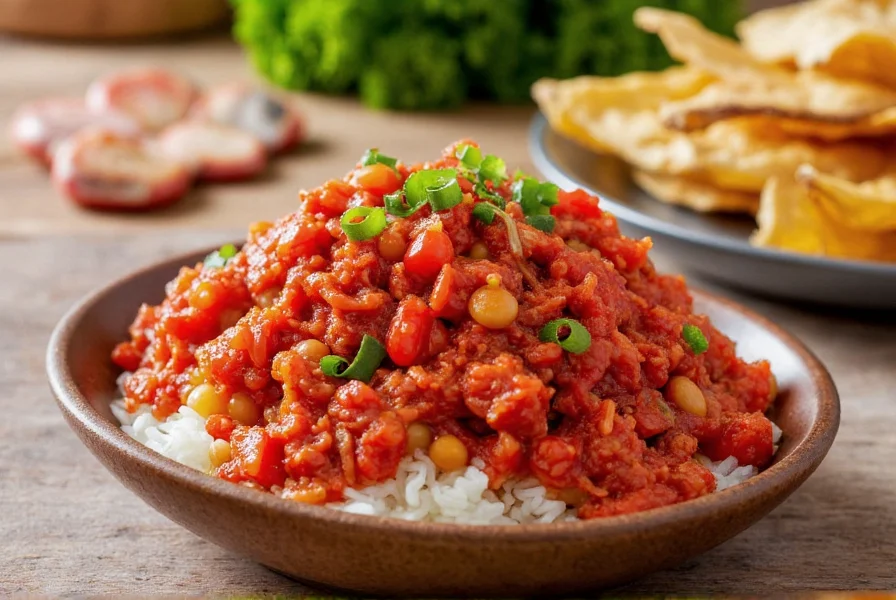

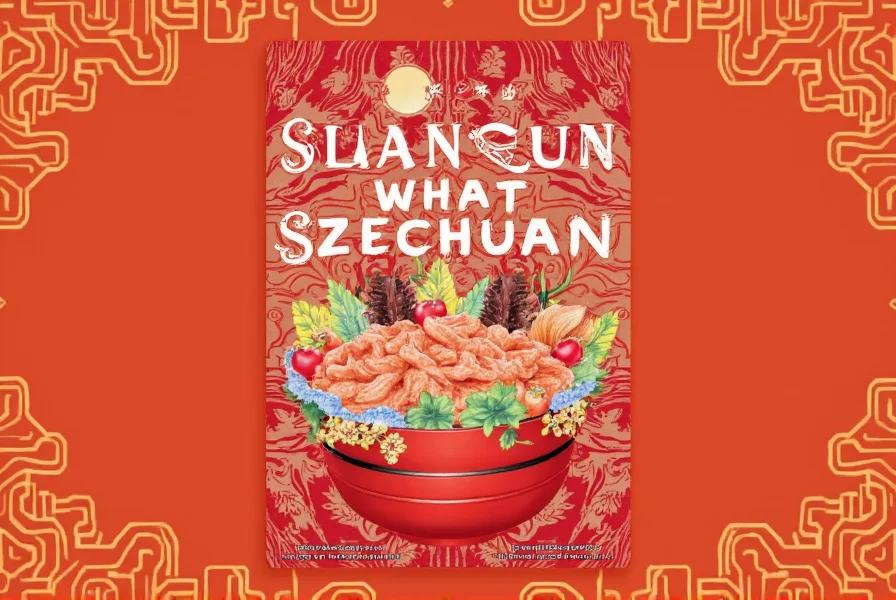









 浙公网安备
33010002000092号
浙公网安备
33010002000092号 浙B2-20120091-4
浙B2-20120091-4